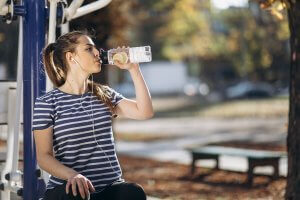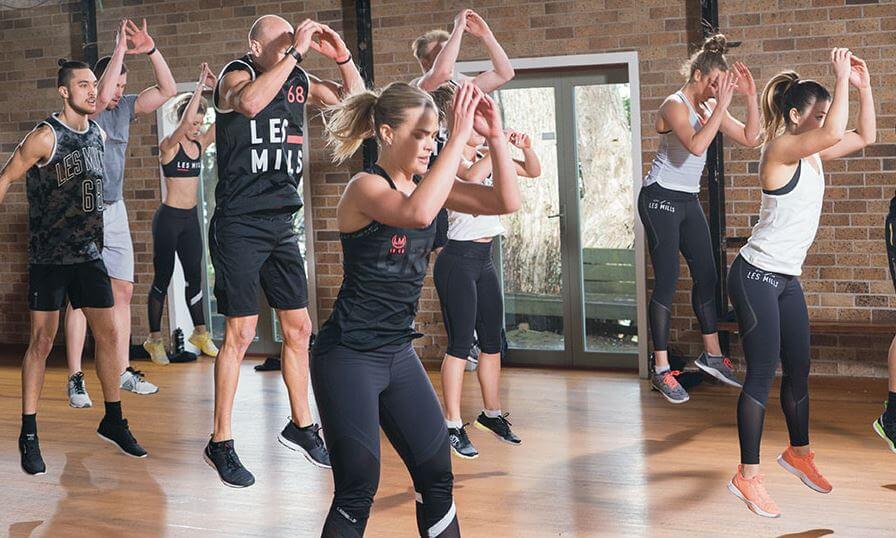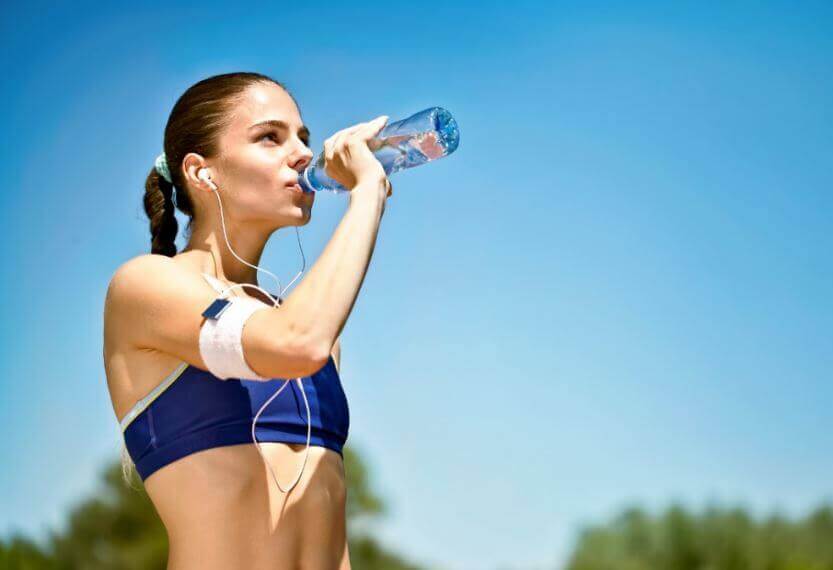Hydration and Exercise

Exercising offers plenty of health benefits. When the body becomes used to regular activity, it usually requires certain lifestyle changes. The changes usually include eating healthier and sleeping better in order to help the body recover from workouts. In addition to a healthy diet and rest, there’s another crucial factor to keep in mind regarding exercise: hydration.
Hydration, exercise and the human body
The human body is 70 percent water. Most of the water is located in cells and they make up intracellular fluid. In addition, extracellular fluid also covers cells as well. The extracellular fluid also represents a large amount of our water content.
The extracellular fluid surrounds tissue, bathing the cells and making contact with the body’s blood flow. Thus, when the body has too much liquid flowing in its circulatory system, it pushes the excess out into the extracellular fluid, which builds up around tissue. The said process leads to edema.
But, the opposite case can happen as well. When the body lacks sufficient amounts of fluid in its blood flow, it seeps extracellular fluid into the circulatory system. It can happen to people who suffer certain conditions or in more common situations such as partaking in exercise.
Exercise and dehydration
During a workout the body requires more nutrients and metabolic processing. As a result, the heart begins to pump faster and breathing quickens.

But, the increased blood flow requires a cool-down system to counteract the rise in body temperature.
The body’s first cool-down system is sweating. Sweat glands collect the body’s internal fluids to secrete them. By doing so, they use water’s cooling quality to lower skin temperature and keep it within a healthy range during a workout.
As a result of using water to cool down, the body loses its internal fluids. Replenishing them as soon as possible is essential. We also want to highlight that sweat doesn’t only contain water but mineral salts as well. Thus, sweating means losing water and essential mineral salts such as sodium, calcium or potassium.
How to maintain hydration during exercise
Staying hydrated during workouts is critical. Following through an intense workout for long periods of time can lead to the typical symptoms from lacking proper hydration and mineral salts. These symptoms include cramps, dizziness and even losing consciousness for short periods of time. Stay hydrated by following our guidelines:
- Drink at least two cups of water a couple of minutes before starting your workout. You should also drink water after you finish your workout to help rebalance your body.
- Staying hydrated during a workout is also important, especially if it’s intense. Taking sips every 5 or 10 minutes is plenty.

- Just as we mentioned earlier in our post, you also lose minerals when you sweat. Replenish your body’s supply by eating mineral-rich foods such as bananas after finishing your workout. Bananas contain glucose and potassium.
- Try isotonic drinks for long workouts. They can help resupply your body with more minerals and fluid.
If you’re hydrating correctly but still experience symptoms such as cramps or dizziness, don’t ignore them and stop your workout. Continuing your workout could lead to more serious and intentionally harmful symptoms.
Exercising offers plenty of health benefits. When the body becomes used to regular activity, it usually requires certain lifestyle changes. The changes usually include eating healthier and sleeping better in order to help the body recover from workouts. In addition to a healthy diet and rest, there’s another crucial factor to keep in mind regarding exercise: hydration.
Hydration, exercise and the human body
The human body is 70 percent water. Most of the water is located in cells and they make up intracellular fluid. In addition, extracellular fluid also covers cells as well. The extracellular fluid also represents a large amount of our water content.
The extracellular fluid surrounds tissue, bathing the cells and making contact with the body’s blood flow. Thus, when the body has too much liquid flowing in its circulatory system, it pushes the excess out into the extracellular fluid, which builds up around tissue. The said process leads to edema.
But, the opposite case can happen as well. When the body lacks sufficient amounts of fluid in its blood flow, it seeps extracellular fluid into the circulatory system. It can happen to people who suffer certain conditions or in more common situations such as partaking in exercise.
Exercise and dehydration
During a workout the body requires more nutrients and metabolic processing. As a result, the heart begins to pump faster and breathing quickens.

But, the increased blood flow requires a cool-down system to counteract the rise in body temperature.
The body’s first cool-down system is sweating. Sweat glands collect the body’s internal fluids to secrete them. By doing so, they use water’s cooling quality to lower skin temperature and keep it within a healthy range during a workout.
As a result of using water to cool down, the body loses its internal fluids. Replenishing them as soon as possible is essential. We also want to highlight that sweat doesn’t only contain water but mineral salts as well. Thus, sweating means losing water and essential mineral salts such as sodium, calcium or potassium.
How to maintain hydration during exercise
Staying hydrated during workouts is critical. Following through an intense workout for long periods of time can lead to the typical symptoms from lacking proper hydration and mineral salts. These symptoms include cramps, dizziness and even losing consciousness for short periods of time. Stay hydrated by following our guidelines:
- Drink at least two cups of water a couple of minutes before starting your workout. You should also drink water after you finish your workout to help rebalance your body.
- Staying hydrated during a workout is also important, especially if it’s intense. Taking sips every 5 or 10 minutes is plenty.

- Just as we mentioned earlier in our post, you also lose minerals when you sweat. Replenish your body’s supply by eating mineral-rich foods such as bananas after finishing your workout. Bananas contain glucose and potassium.
- Try isotonic drinks for long workouts. They can help resupply your body with more minerals and fluid.
If you’re hydrating correctly but still experience symptoms such as cramps or dizziness, don’t ignore them and stop your workout. Continuing your workout could lead to more serious and intentionally harmful symptoms.
All cited sources were thoroughly reviewed by our team to ensure their quality, reliability, currency, and validity. The bibliography of this article was considered reliable and of academic or scientific accuracy.
- Hodge BD, Brodell RT. Anatomy, Skin, Sweat Glands [Internet]. StatPearls. 2018 [cited 2019 Dec 1]. Available from: http://www.ncbi.nlm.nih.gov/pubmed/29489179
- Maughan RJ, Shirreffs SM. Dehydration and rehydration in competitive sport. Vol. 20, Scandinavian Journal of Medicine and Science in Sports. Blackwell Munksgaard; 2010. p. 40–7.
- Nuccio RP, Barnes KA, Carter JM, Baker LB. Fluid Balance in Team Sport Athletes and the Effect of Hypohydration on Cognitive, Technical, and Physical Performance. Vol. 47, Sports Medicine. Springer International Publishing; 2017. p. 1951–82.
This text is provided for informational purposes only and does not replace consultation with a professional. If in doubt, consult your specialist.








